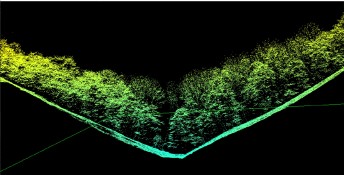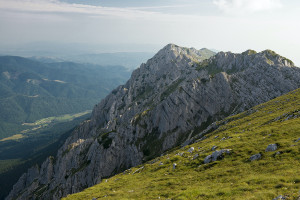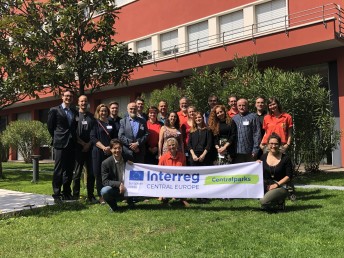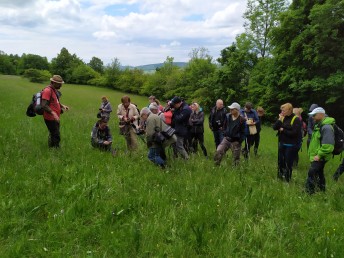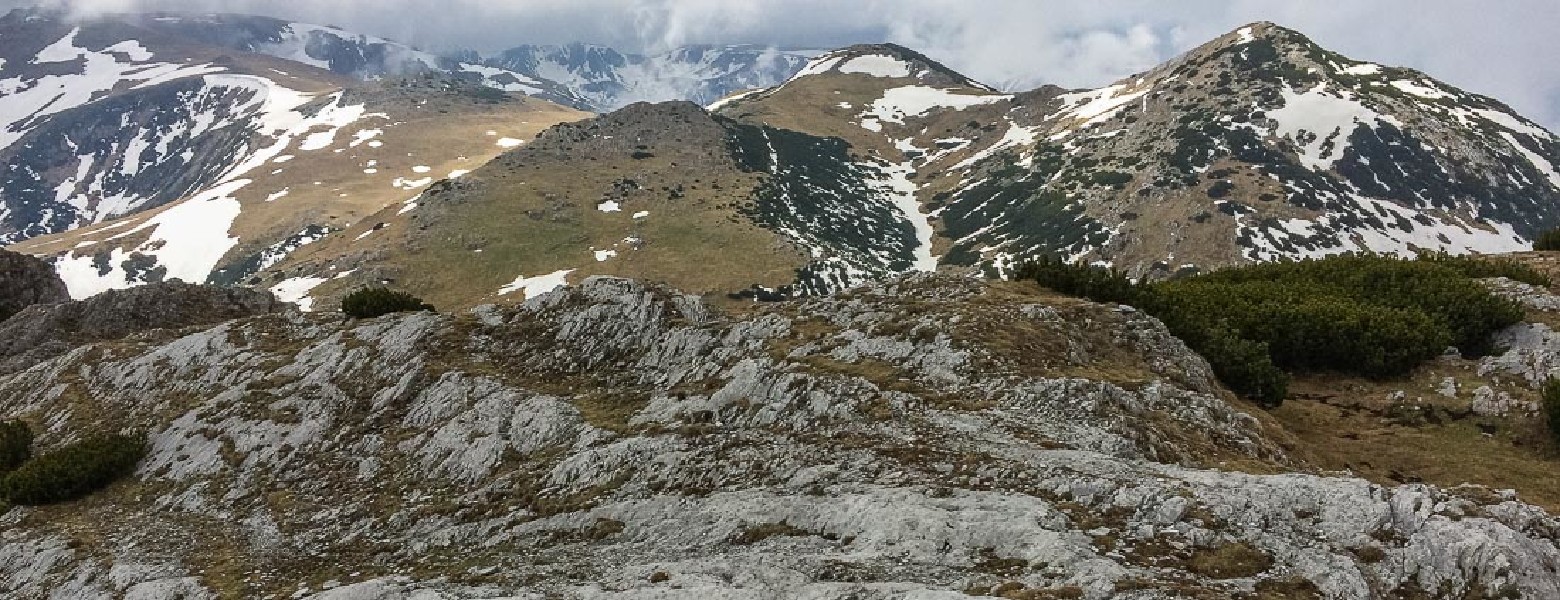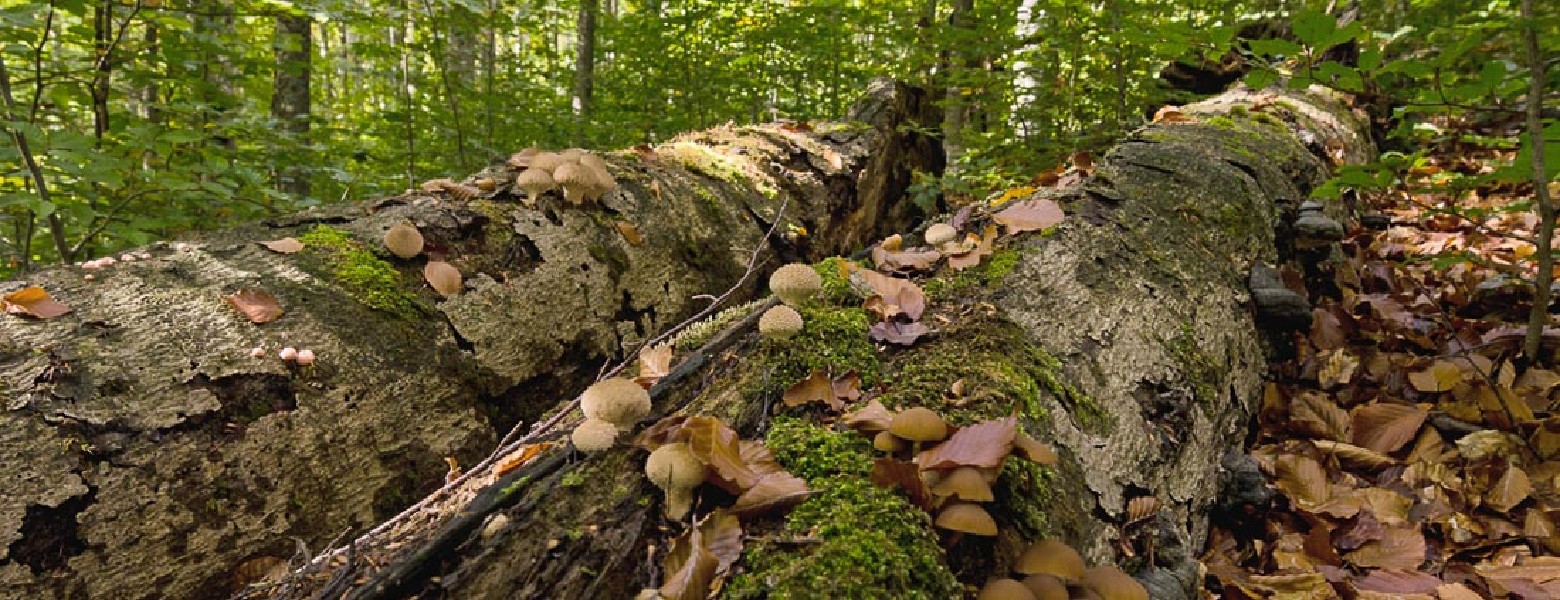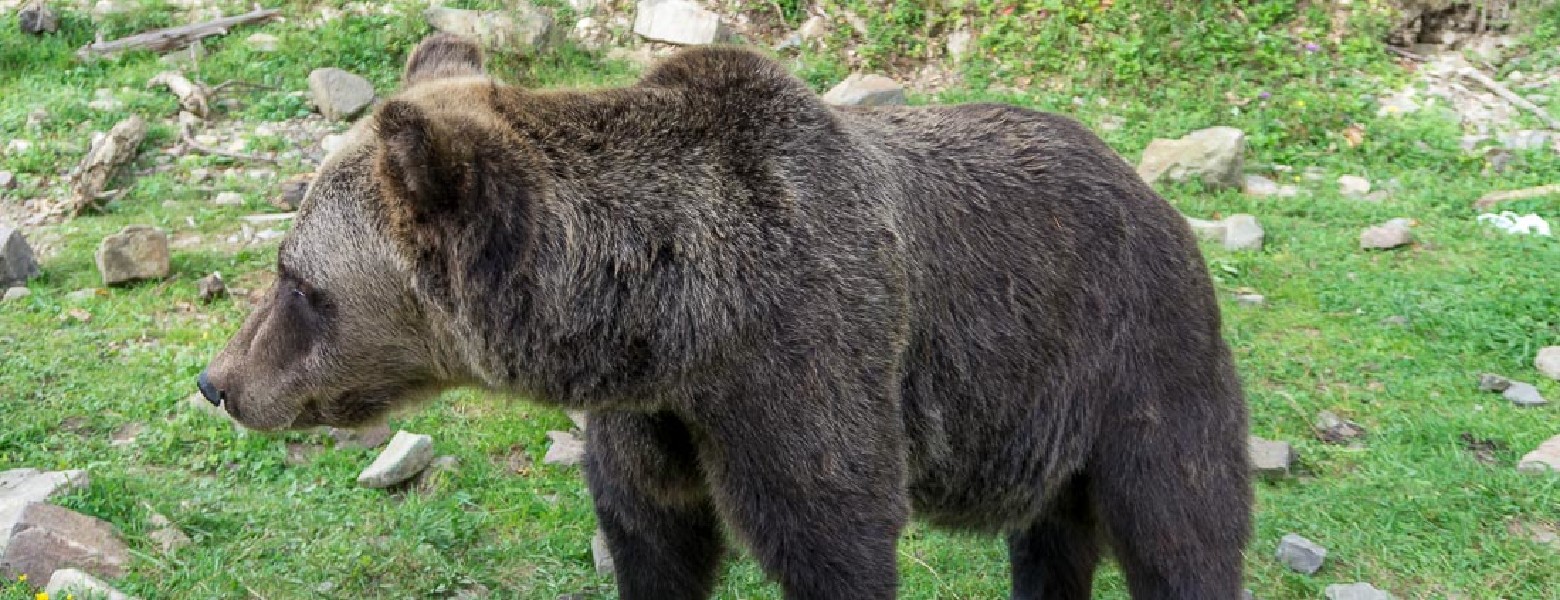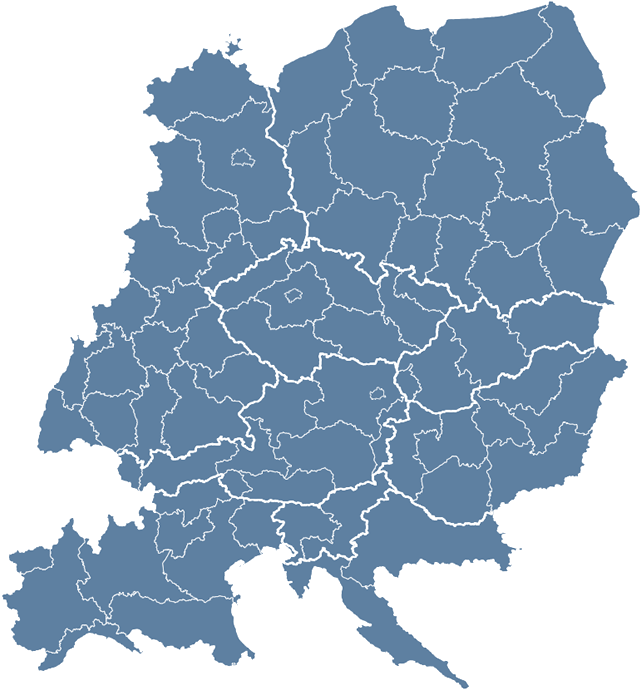Centralparks
Building management capacities of Carpathian protected areas for the integration and harmonization of biodiversity protection and local socio-economic development
Over three years of the project, Centralparks contributed to the establishment of more effective communication of biodiversity conservation and sustainable development objectives to local Carpathian communities, raising their awareness and support. The developed thematic strategies are not just addressed to central administration bodies but directly target the inhabitants of the Carpathians, represented by their local governments, and the administrations of Carpathian protected areas. Benchmarks have been developed and participation of local communities has been facilitated thanks to the adoption of Centralparks strategies by municipality authorities (Magura and Gemer region) and local administrators. Pilot actions directly supported the implementation of two relevant Protocols for the Carpathian Convention (on biodiversity and sustainable tourism) at the local level (accordingly to the priority of the current CC Presidency).
To better support governmental institutions and other stakeholders in considering Ecosystem Services in evidence-based decision making, policy development, and management practices, a dedicated Toolkit has been developed. It provides a practical set of procedures for understanding what might be gained or lost from a given management choice and the human dimensions of such effects. It can help protected area managers to better comprehend and address potential issues and reduce conflicts. It is a key tool to support wider global processes, capable to maintain Carpathian ecosystems intact, to mitigate climate change and to provide long-term livelihoods for local communities.
The base of a new approach for habitat management planning was developed through the introduction of innovative tools and methodologies for habitat mapping and evaluation. During the project's lifetime, a forest state assessment methodology was developed as an innovative technique to serve multi-aspect and small-scale evaluation of Carpathian forests. The protocol was evaluated and finalised based on the methodology for monitoring the change in semi-natural forest habitats. A new evaluation of grasslands was developed and tested for protected area management planning. The LIDAR (light detection and ranging tool) was introduced for monitoring the topography, species, and habitat diversity. The LiDAR scan provided the base for a more effective and long-term nature conservation planning.
The existence of the Carpathian Convention instinctively calls for strong cooperation. Centralparks wanted to do a lot more, reactivating the Carpathian Network of Protected Areas (CNPA) through its dedicated project activities, increasing the transboundary cooperation in everybody’s interest and calling for jointly operating through common approaches for the protection of the region’s natural capital and ensuring economic resilience and human well-being.
